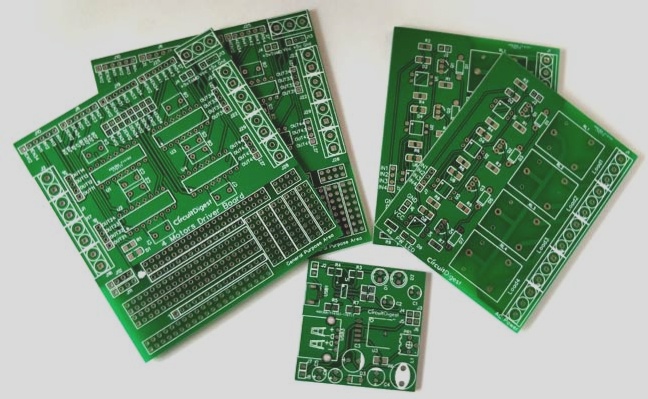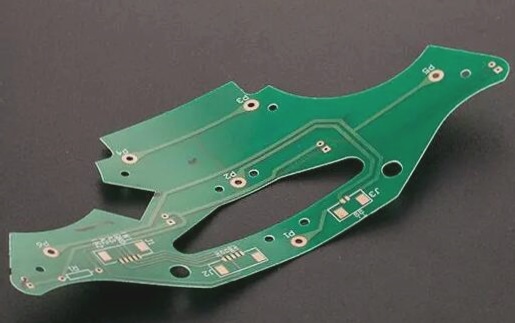PCB Wiring Best Practices
Wiring is a critical aspect of PCB design that directly impacts the board’s performance. Proper wiring is essential for a successful PCB design, and it involves layout, electrical performance, and aesthetics.
Layout
- Ensure proper connections for a successful PCB design.
- Neat and organized layout is crucial.
Electrical Performance
- Adjust wiring carefully to achieve optimal electrical performance.
- Priority should be given to power and ground wires.
Aesthetics
- Neat and orderly wiring is essential.
- Avoid messy and colorful wiring.
Key Principles for Wiring
- Wire power and ground first.
- Wire high-demand lines first.
- Ground the oscillator’s shell.
- Use 45-degree polyline wiring.
- Avoid forming loops on signal lines.
- Keep key lines short and thick.
- Follow a “ground wire-signal-ground wire” pattern for sensitive signals.
- Reserve test points for key signals.
Line and Pad Guidelines
- Signal line width: 0.3mm (12mil)
- Power line width: 0.77mm (30mil) or 1.27mm (50mil)
- Pads and vias should have a disk diameter 0.6mm larger than the hole diameter.
Via Specifications
- Typical via size: 1.27mm/0.7mm (50mil/28mil)
- Minimum via size: 1.0mm/0.6mm (40mil/24mil)
Pitch Requirements
- PAD and VIA: ≥ 0.3mm (12mil)
- PAD and PAD: ≥ 0.3mm (12mil)
- For higher density: PAD and VIA: ≥ 0.254mm (10mil)



